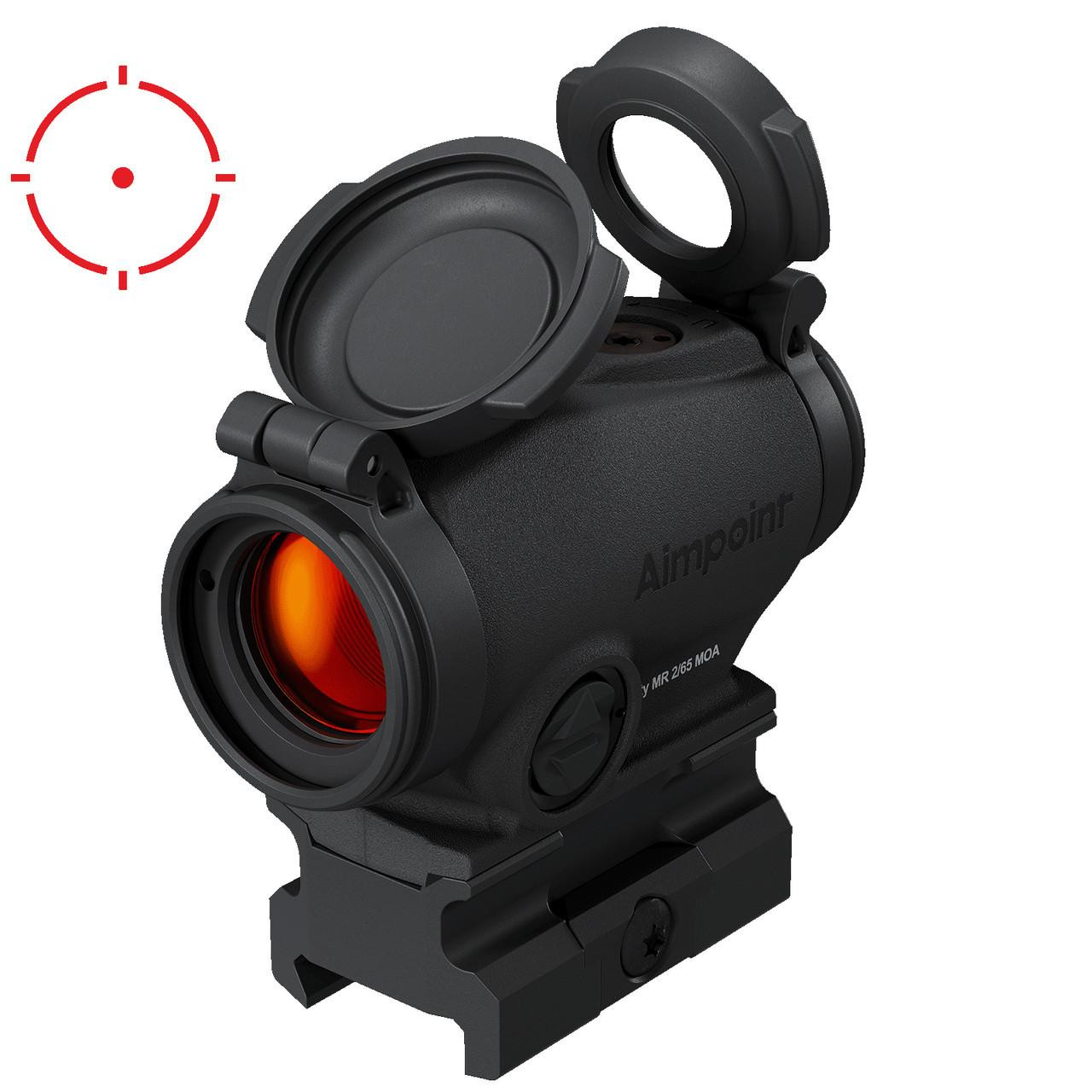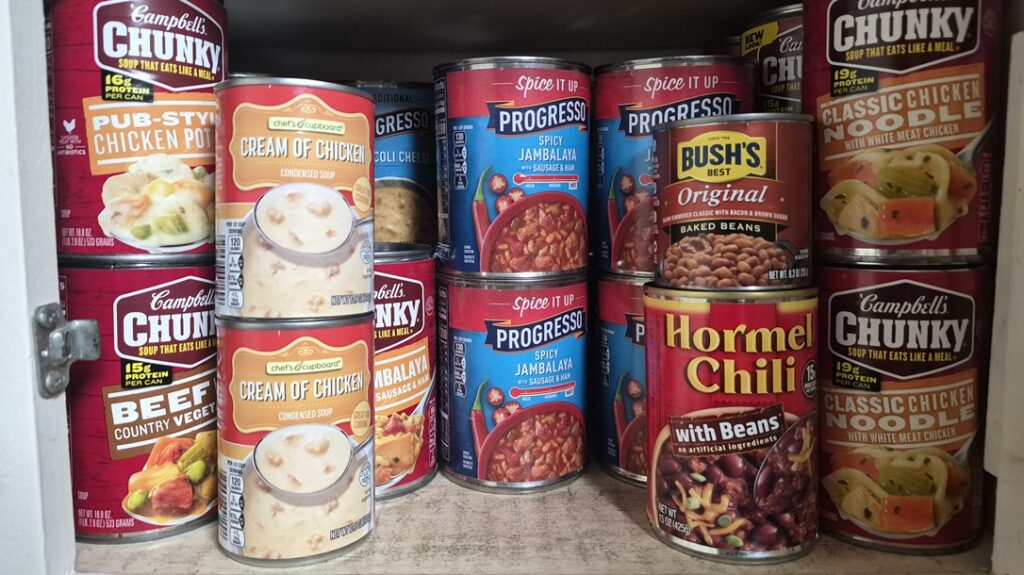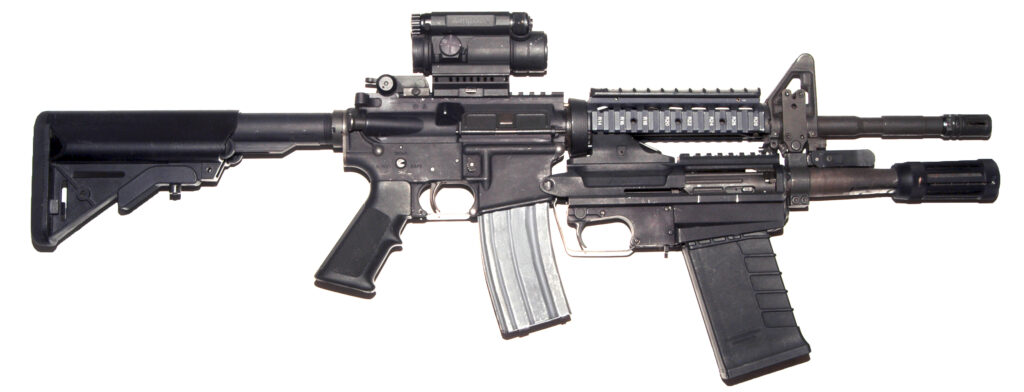My friend, and one of my favorite gun writers, Daniel Reedy, recently wrote a short article about the new Aimpoint with a circle dot reticle. He states he hates circle dot reticles, and immediately I was in a “why” mode. Why hate circle dot reticles?
Circle Dot? Or No?
I like circle dot reticles, so I have a bias. However, I stopped thinking about why Mr. Reedy dislikes circle dot reticles and wondered why I liked them. Have they ever improved my performance? Do they offer any major advantage over a simple 2 to 6 MOA dot? I got to thinking and I got to shooting.
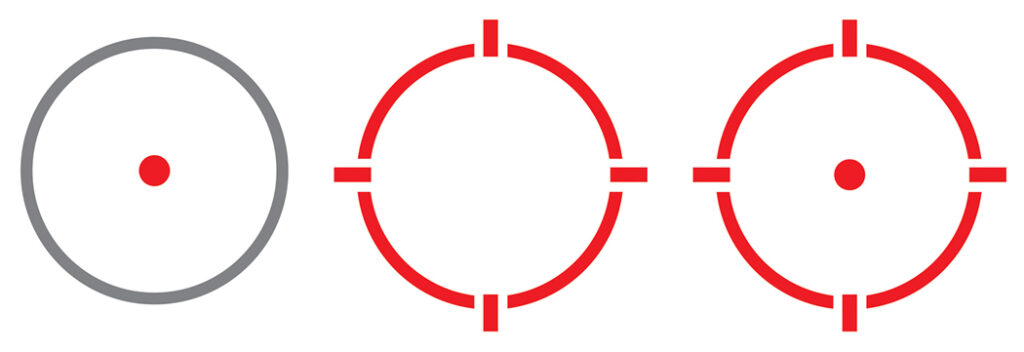
Advertisement — Continue Reading Below
Maybe they offered some advantage, maybe they didn’t, but I figured I could experiment and find out for myself. What started with carbines and red dots ended up with me considering the idea of both shotguns and handguns, and some external conditions. Please keep in mind I’m talking about red dot sights and not holographic sights.
Stated Upsides
There are upsides to circle dot reticles. The first is for shooters with astigmatism. Astigmatisms vary more than new AR calibers, so it’s not always a conclusive solution. However, my wife suffers from astigmatism, and a circle dot reticle is easier for her to use than just a dot.
The circle dot reticle can be used as a range-finding device. Most circle dot reticles copy EoTech’s reticle, and in doing so make it possible to find range at a couple of hundred yards using a man-sized target. If they fill the reticle top to bottom, they are about a hundred yards out. If they fill it from the dot to the bottom, they are about 200 yards away.
Advertisement — Continue Reading Below
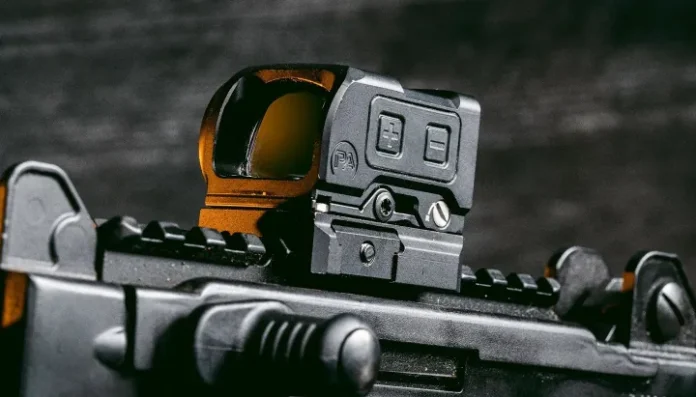
However, this also requires you to be aiming at a man standing broadside, totally exposing their body, and hoping they stay still. Outside of an ambush, I hesitate to think it’s all that handy, and when it is handy, it’s only handy for military or police users at best.
Circle Dot Reticles: The Downside
The biggest apparent downside is how much of the lens the optic takes up. The smaller the optic, the more crowded the lens gets by the circle and dot reticle. On optics like the AEMS, it’s less of a problem because the lens size is quite efficient, same with the HS510C. It’s still eating up a lot of your view.
Advertisement — Continue Reading Below
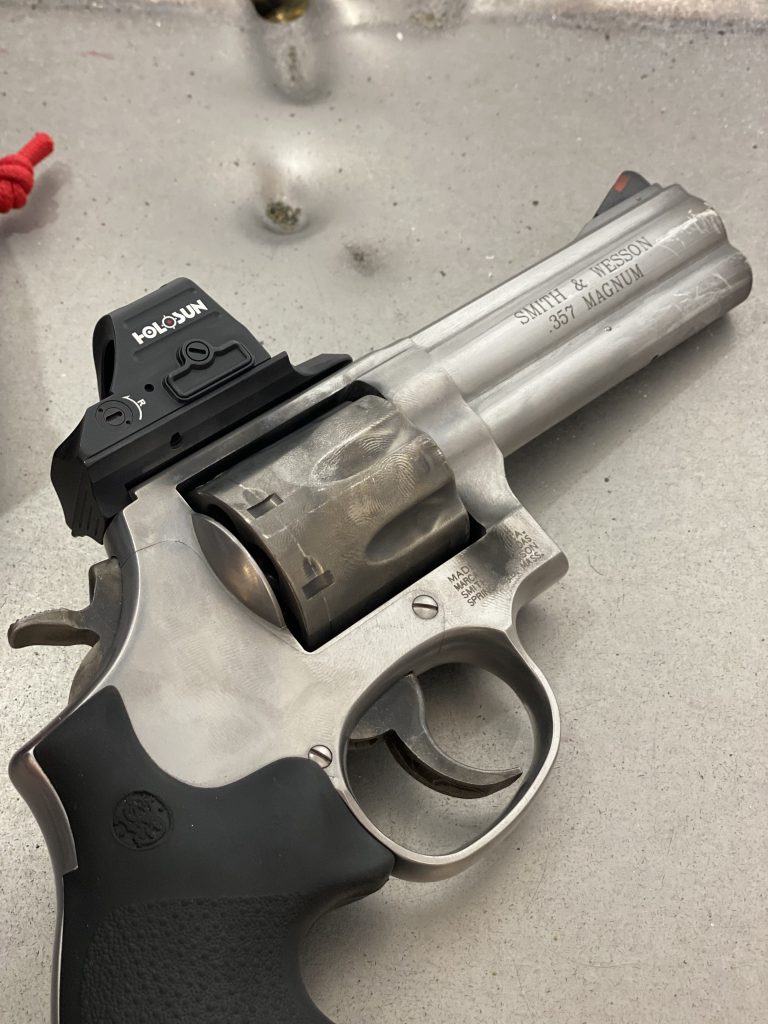
When you start shooting at longer ranges and at smaller targets, it feels quite crowded. For example, at 100 yards, it’s easier to use a 2 MOA circle on a 33% reduced-sized target than trying to lock the circle dot over the target.
Now, to truly test this idea, I went to the range with a Holosun AEMS.
Advertisement — Continue Reading Below
The Circle Dot At the Range
I liked circle dots because I used to think they made me faster. Fill the circle and start shooting. I used the AEMS because I could swap between a 2 MOA dot and a circle dot reticle.
I practiced doing simple ready-up drills and transitions between IPSC-sized A-zones. I ran several of each drill with both the circle dot and dot reticles. According to my timer, there is no difference between the two. Namely, because I’m not trying to find the dot or the circle. I see red on the target at close range, and I start pulling the trigger.
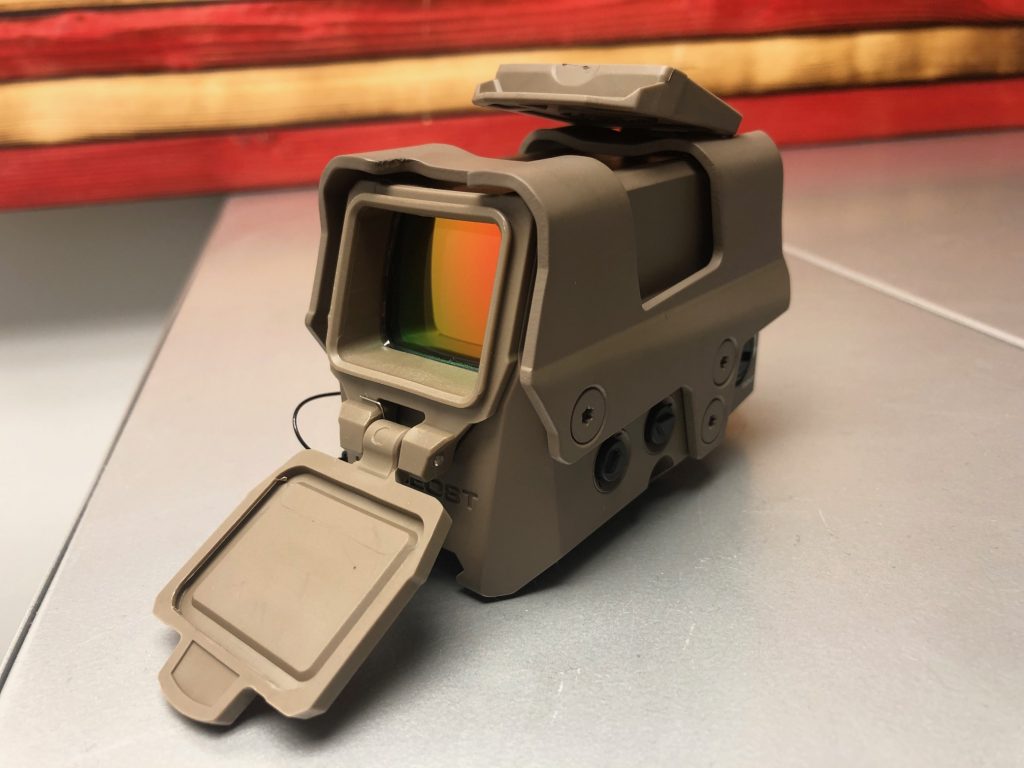
Advertisement — Continue Reading Below
I’m target-focused, and all I need is a red dot to make my shots quick and efficient. I never felt the circle dot helped me land shots faster. I think this is still true for shooters with less experience. They might benefit from having the bigger reticle. With a target-focused mindset, I’m not looking to fill a circle anymore.
What about height over bore compensation? Circle dot reticles aren’t all that useful for that either. They aren’t big enough to make a difference, and while they might help a little, they still won’t provide you with correct height over bore compensation.
Outside of the Carbine
Circle dot reticles are present on plenty of handgun red dots, namely the Holosun optics, but others have adapted this reticle as well. On a handgun, they are typically around 32 MOA in size. That’s massive, and it takes up a lot of window space. With a target-focused shooting style, it’s not a problem, but personal preference has me leaning into using dot reticles.
Advertisement — Continue Reading Below
At the range, I didn’t notice a difference in speed at close ranges, but at 25 yards, it’s a bit much and puts a lot of reticle in a tiny lens. Hitting a big target is easy. However, hitting smaller targets becomes a little trickier.
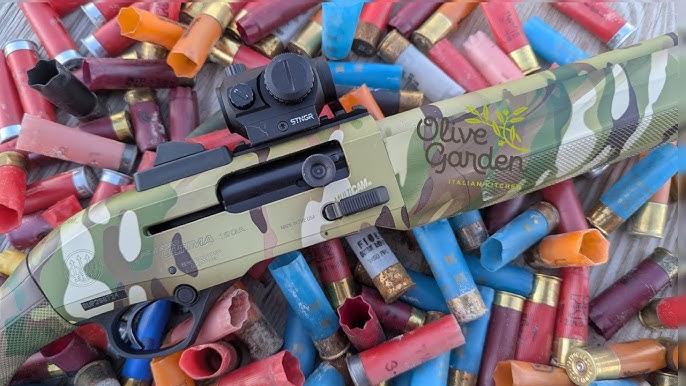
On the shotgun is where I found a real benefit. To be fair, I found this out years ago. In using a shotgun, I can use a circle dot reticle with a handgun-style optic for patterning purposes. It’s not going to make a difference when it comes to making fast shots from a ready-up drill.
Advertisement — Continue Reading Below
Instead, it’s useful for taking a precise shot with a shotgun when using tight-patterning ammo. I know that my chosen defensive shotgun load, which is Federal FliteControl 8 pellet 00 buckshot, stays within that 32 MOA circle at 12 yards 100%. At 15 yards, it’s still basically inside that circle.
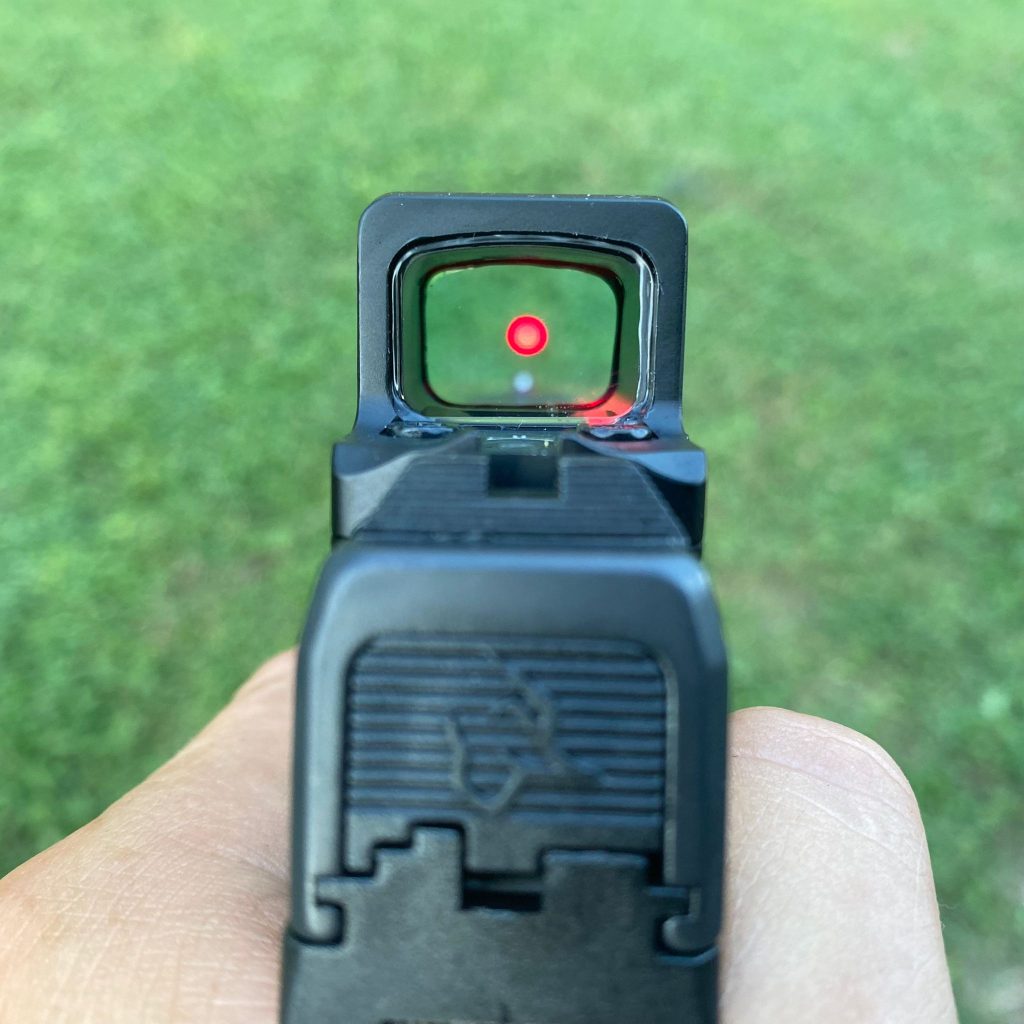
If I have to take a precise shot with a shotgun within these ranges, I know my pellets are going to stay within that circle. If a threat is using cover and all I can see is a small portion of the threat, I know my pellets are going to land within that circle. At that point, I can ditch the dot entirely and just use a circle.
Advertisement — Continue Reading Below
My Final Thoughts On Circle Dot Reticles
I don’t hate circle dot reticles. I still like them, but I do understand why others don’t, especially on a carbine or similar weapon. They have some limited utility, especially with shotguns, but wouldn’t be enough to get me to choose one optic over the other, all things considered.
